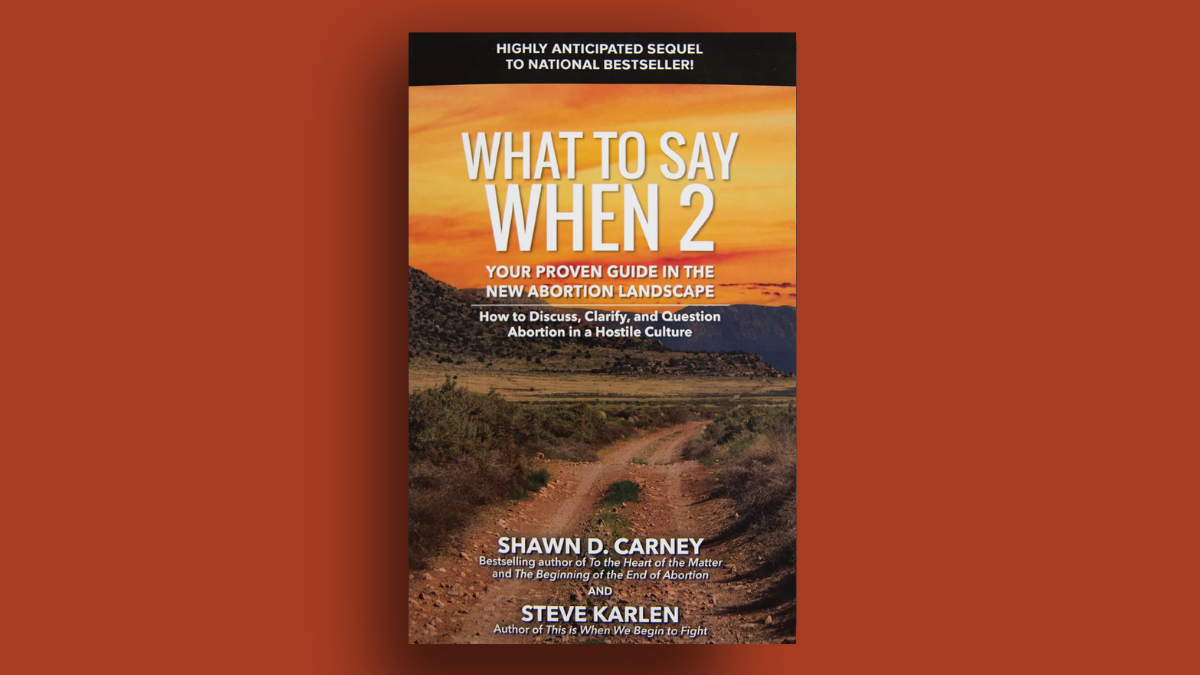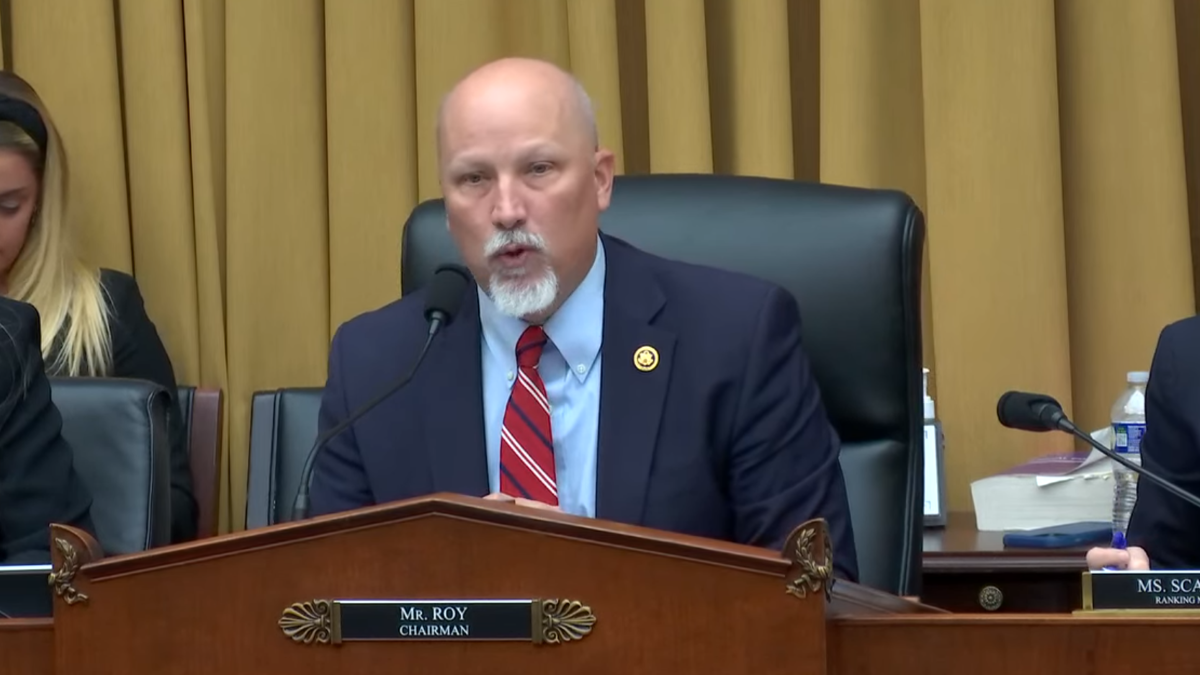What to Say When 2: Your Proven Guide in the New Abortion Landscape, the anticipated sequel to the national bestseller by Shawn Carney and Steve Karlen, is a direct and convicting ride through post-Roe America, tackling the darkest sides of today’s abortion dilemma. The new bestseller and No. 1 new release on Amazon has already reached readers across the globe.
“We started writing at the end of last year, quickly in the spring, because there were absurd claims and a new wave of abortion arguments after Roe was overturned,” Carney told me in an interview.
Two of those claims, well refuted in the book, are that women will die if abortion isn’t accessible and legal and that pro-lifers don’t care about victims of rape.
“This book is a very deep dive into rape and incest with personal stories,” Carney said. “Pro-abortionists will casually throw out that women will die without abortion, as if they’re rooting for that, and that pro-lifers don’t care about rape victims. Rape is very serious. We work with rape victims, but most pro-abortion advocates don’t. This idea that abortion heals the rape victim is not evident.”
Carney and Karlen cover the Supreme Court’s overturning of Roe, pro-abortion myths in circulation since abortion law went to the states, cases of incest and rape, “drive-through” abortions, the alliance of the transgender and pro-abortion movements, and political inadequacies in handling the new abortion landscape.
The Pro-Abortion Panic
The book launches with a fascinating look at who was and wasn’t ready for the overturning of Roe v. Wade, the legal decision that discovered a so-called right to abortion in the Constitution in 1973.
“For over 50 years, pregnancy resource centers have not waited for Washington, D.C., to correct the moral crisis in their own backyard,” the authors write. “They went to work at the most important level in America — the grassroots — building more than 3,000 pregnancy resource centers that now outnumber abortion providers more than 4 to 1 in the United States.”
The book describes how these centers have continued to grow in effectiveness, professionalism, and independence. With the reported addition of a million 40 Days for Life participants peacefully praying outside abortion facilities, the pro-life movement has grown robust, while the abortion industry has sat on its laurels and shaky legal ground.
The abortion industry’s response to the overturning of Roe was childish, undeveloped, and violent, the authors write. “And ironically, at the top of their list of targets were pregnancy help centers that offer free medical and material help to women and families facing challenging pregnancies.”
Legally, the reaction of pro-abortion politicians has become increasingly extreme, with some states expanding and radicalizing abortion laws beyond expectation, especially through all 40 weeks of gestation, Carney told me.
After decades of enjoying the support of pro-life voters, most Republican politicians have proven to be unprepared and ineffective. “The lack of experience articulating a coherent pro-life platform now shows, as Republicans appear lost, scared, or ignorant when abortion comes up on the campaign trail or in the debate hall,” the authors write.
Democrats, on the other hand, have also grown lazy and responded to the overturning of Roe by declaring the Supreme Court “illegitimate,” demanding taxpayer funding for abortion up to 40 weeks, and denying health care to babies who survive an abortion, Carney and Karlen write.
New Pro-Abortion Myths
Carney and Karlen go on to define and deconstruct several major myths publicized by an increasingly radicalized pro-abortion movement, including that pro-life laws force women to travel for abortions, overturning Roe will ultimately result in a ban on interracial marriage, protecting unborn babies from abortion is akin to slavery, God supports the act of abortion, and no child survives abortion.
The authors explain the weaponization of these myths, the exploitation of pain and suffering women experience at the hands of abortion advocates, and how pro-abortion pastors preaching anti-Christian teachings have intentionally sown the seeds of deceit and dissent among Christians.
“Like pagans throughout history, modern-day abortion advocates have made killing children a sacrament,” Carney and Karlen write. “… The Satanic Temple promotes a ‘satanic abortion ritual,’ which concludes with a prayerlike ‘personal affirmation.’”
But these “clumsy, hastily developed myths are no match for the truth,” the authors write. In fact, pro-life protections save women’s lives, nobody wants to ban interracial marriage, there is no right to abortion, laws that require parental care for their children are not imposing slavery, and though the numbers are seriously undercounted, abortion survivors exist and testify today.
It Will Take Time
The book closes with some political parallels, claims that women are now unsafe and dying due to the overturning of Roe, and the horror of rape and incest.
Just as the end of slavery and restoration of equality took time following the enactment of the Emancipation Proclamation, Carney and Karlen expect true change to unfold over time.
“Americans tell Washington, D.C., they want change all the time,” the authors write. “But they don’t mean it. Americans are much more comfortable with the status quo. This is particularly true with regard to abortion.”
Ultimately, the fight for the unborn will not be won with arguments in logic, but through a battle of wills, for good or for evil, the book concludes. Carney and Karlen’s guide is a clear and concise roadmap for pro-lifers looking to defend their stance and win hearts for good.









